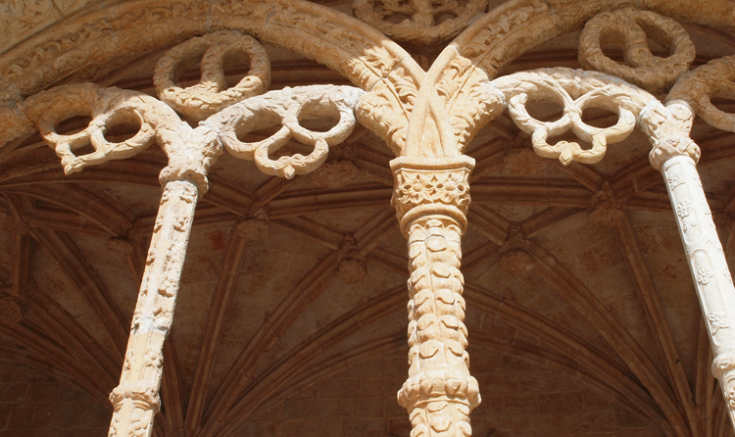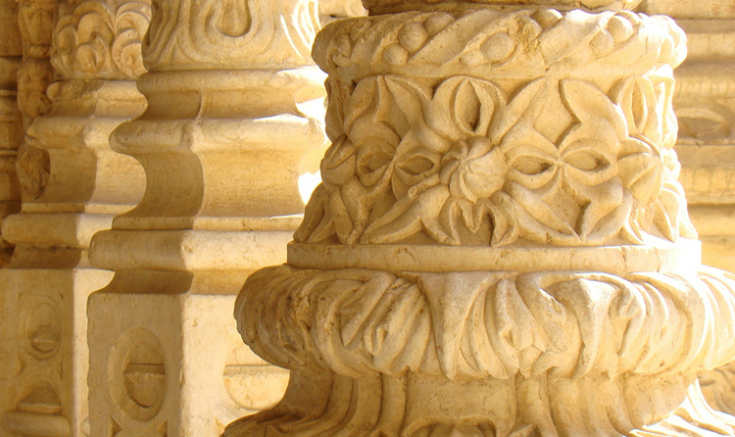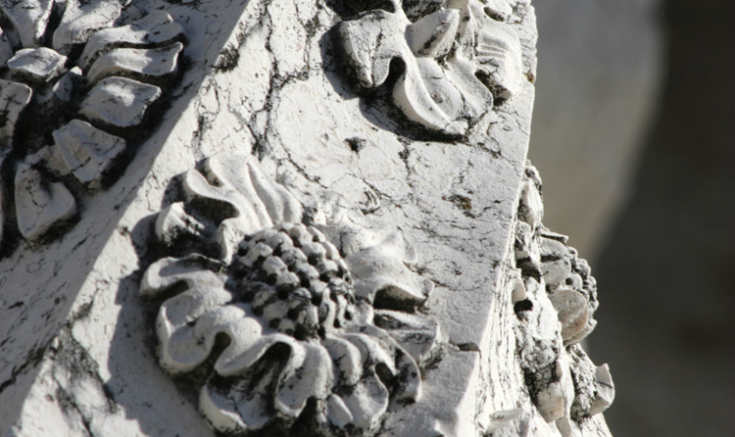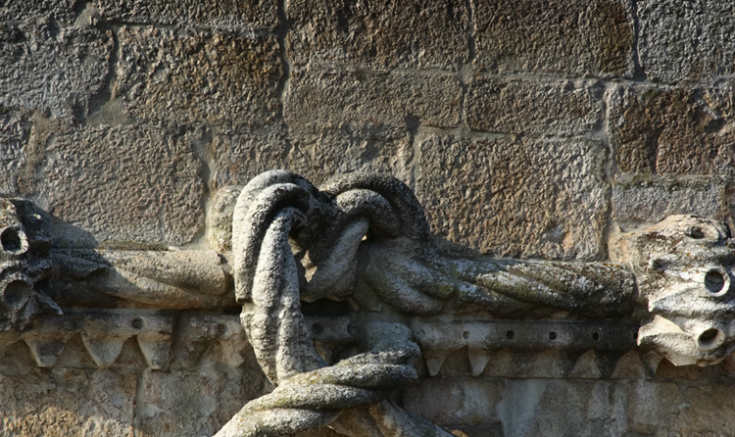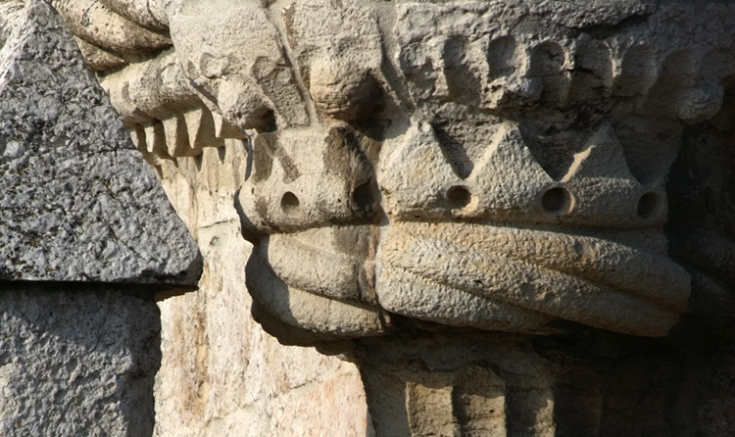Get to know the main examples of Manueline architecture in Lisbon and the way this globally unique style first appeared in Portugal.
An unique art form first seen in Lisbon at the end of the 15th century. In the transition from the Gothic era to the Renaissance, an architectural style influenced by Moorish elements began to come into use in the palaces in Lisbon and Sintra, as well as in the construction of the monastery of Jerónimos and Torre de Belém. During the reign of King Manuel I, countless monuments, windows and doorways were built that were more or less influenced by a Naturalist style responsible for more architectural structures than decorative motifs. The size and depth of the arches and twisted framing cornices, facades and vaults distinguish the pure Manueline style, which began to wane with the Renaissance from 1517 onwards. The style is part of the history, richness and glory of this unique period in Portuguese history.

